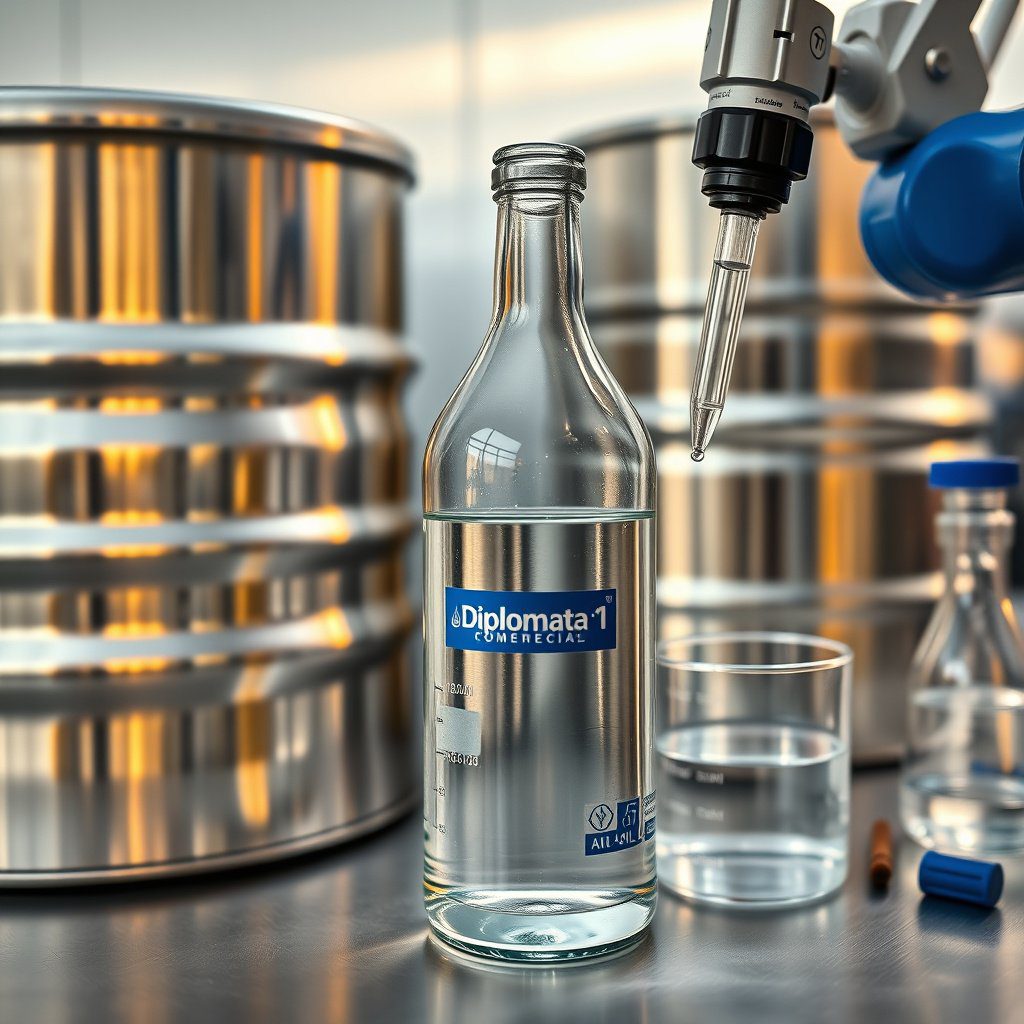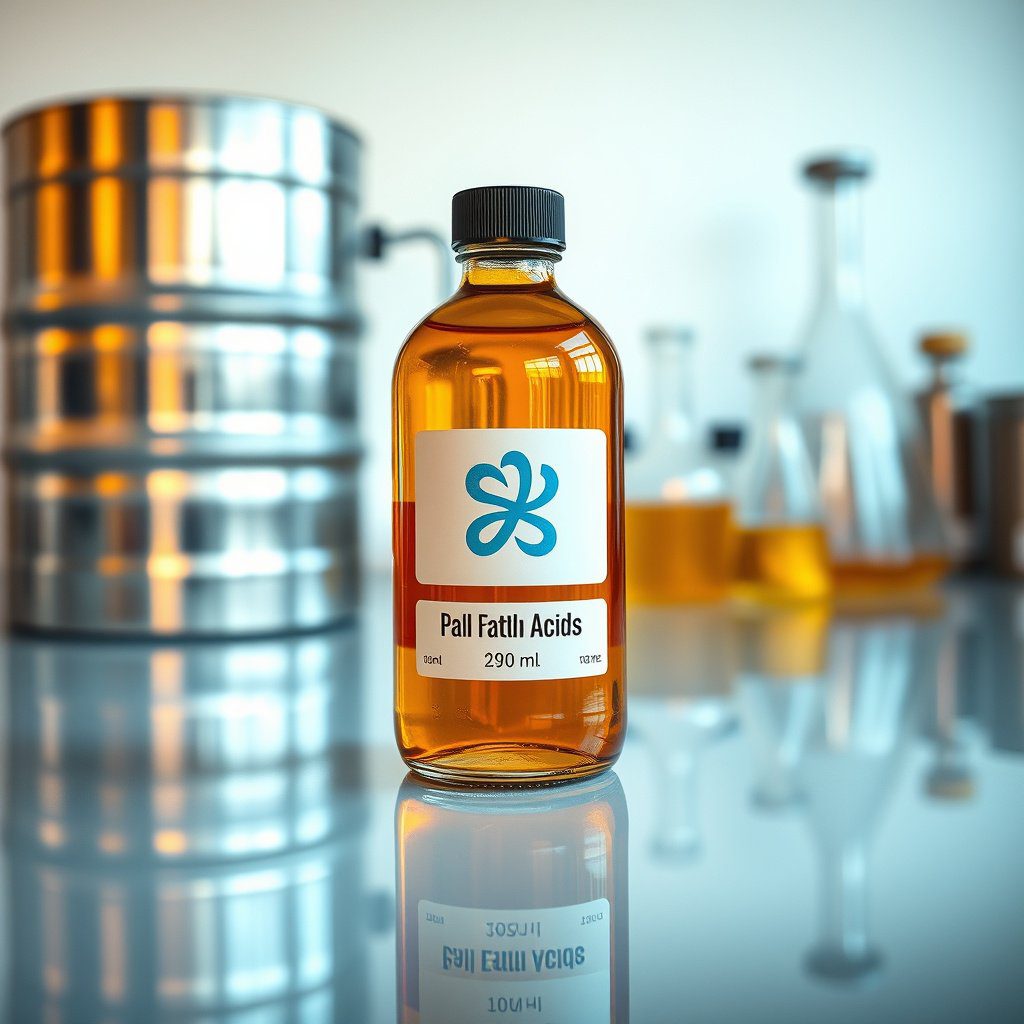Understanding Glycerin
Glycerin, also known as glycerol, is a colorless, odorless, and viscous liquid that is widely used in various industries, including food, pharmaceuticals, and cosmetics. It is a byproduct of the soap-making process and can also be produced through the hydrolysis of fats and oils. The significance of glycerin in these sectors is attributed to its humectant properties, making it an excellent moisturizer and solvent. Understanding the glycerin manufacturing process is essential for companies looking to supply high-quality glycerin globally.
The Glycerin Manufacturing Process Overview
The glycerin manufacturing process primarily involves the transesterification of triglycerides, which are fats and oils derived from natural sources. This chemical reaction involves the reaction of triglycerides with an alcohol, usually methanol or ethanol, in the presence of a catalyst to produce glycerin and fatty acid methyl esters (FAME). The efficiency of this process is crucial for ensuring the quality and purity of the glycerin produced, making it vital for suppliers like Diplomata to adhere to stringent manufacturing standards.
Raw Material Selection
The selection of raw materials plays a critical role in the glycerin manufacturing process. High-quality fats and oils, such as vegetable oils or animal fats, are preferred due to their triglyceride content. The choice of raw materials impacts the yield and purity of glycerin, influencing its applications in various industries. Diplomata ensures that only premium raw materials are sourced to maintain the highest quality and consistency in the glycerin supplied to clients in the United States and beyond.
Transesterification Reaction
The transesterification reaction is the heart of the glycerin manufacturing process. This chemical reaction converts triglycerides into glycerin and fatty acid methyl esters. The reaction typically occurs at elevated temperatures and pressures, employing a catalyst to accelerate the process. Monitoring the reaction conditions is vital to optimize glycerin yield and minimize the formation of unreacted materials. Diplomata leverages advanced technology and expertise to ensure optimal reaction conditions in their manufacturing facilities.
Separation and Purification
After the transesterification reaction, the mixture contains glycerin and FAME. The next step in the glycerin manufacturing process involves the separation of these components. This is usually achieved through distillation or centrifugation, followed by purification processes that may include washing and drying to remove impurities. The purification stage is crucial for producing refined glycerin that meets industry standards, further solidifying Diplomata’s reputation as a trusted supplier.
Quality Control Measures
Quality control is a fundamental aspect of the glycerin manufacturing process. Throughout the production cycle, rigorous testing is conducted to ensure that the glycerin produced meets the required specifications for purity, viscosity, and moisture content. Diplomata implements comprehensive quality assurance protocols, including regular audits and testing against international standards, to guarantee that every batch of glycerin delivered is of the highest quality.
Applications of Glycerin
Glycerin’s versatility makes it suitable for a wide range of applications. In the food industry, it is used as a sweetener, preservative, and humectant. In pharmaceuticals, it serves as a solvent and emulsifier, while in cosmetics, it acts as a moisturizer and skin barrier enhancer. Understanding these applications is essential for suppliers to cater to the diverse needs of their clients. Diplomata’s glycerin is consistently formulated to meet the specific requirements of various industries.
Environmental Considerations
The glycerin manufacturing process also has environmental implications that must be considered. Sustainable sourcing of raw materials, along with efficient production methods, can significantly reduce the environmental footprint of glycerin production. Diplomata is committed to sustainable practices, ensuring that their manufacturing processes align with environmental regulations and contribute to a greener future.
Market Demand and Trends
The market demand for glycerin continues to grow, driven by its increasing use in various sectors. The rise in consumer awareness regarding natural ingredients in products has further boosted the demand for high-quality glycerin. Understanding market trends is essential for suppliers like Diplomata to position themselves effectively and meet the evolving needs of their clients in the United States and globally. By staying ahead of industry trends, Diplomata reinforces its status as a leading glycerin supplier.


